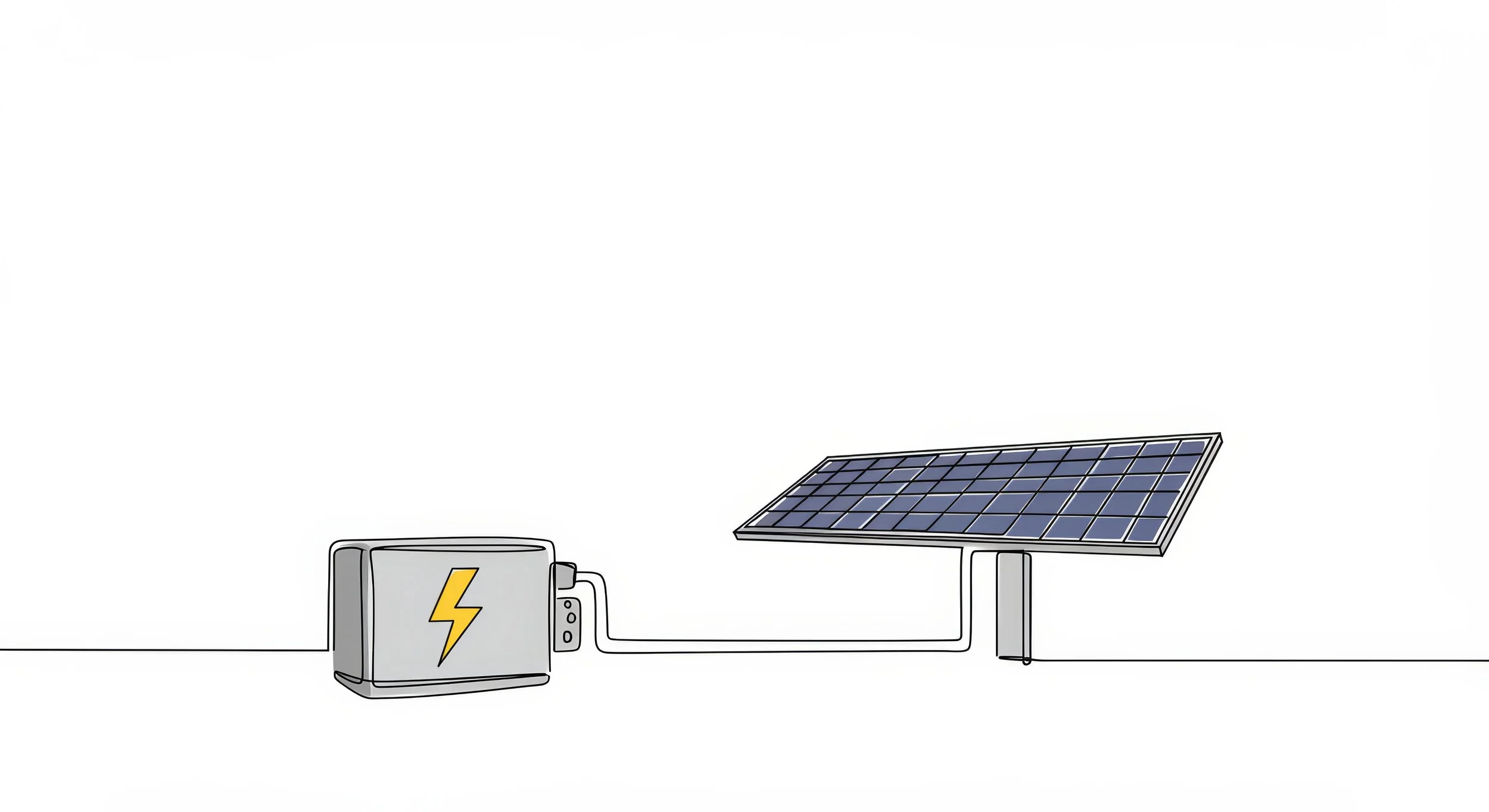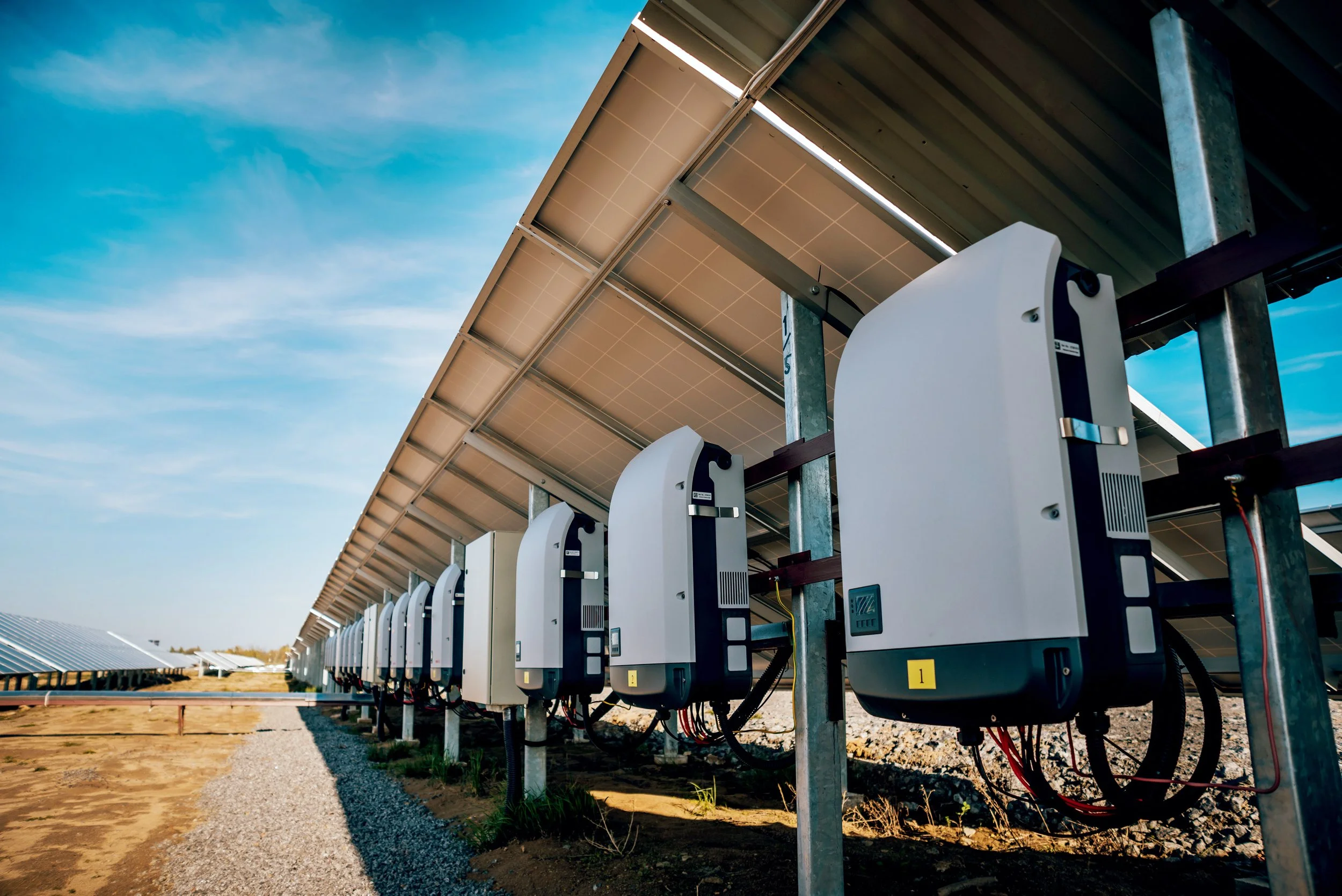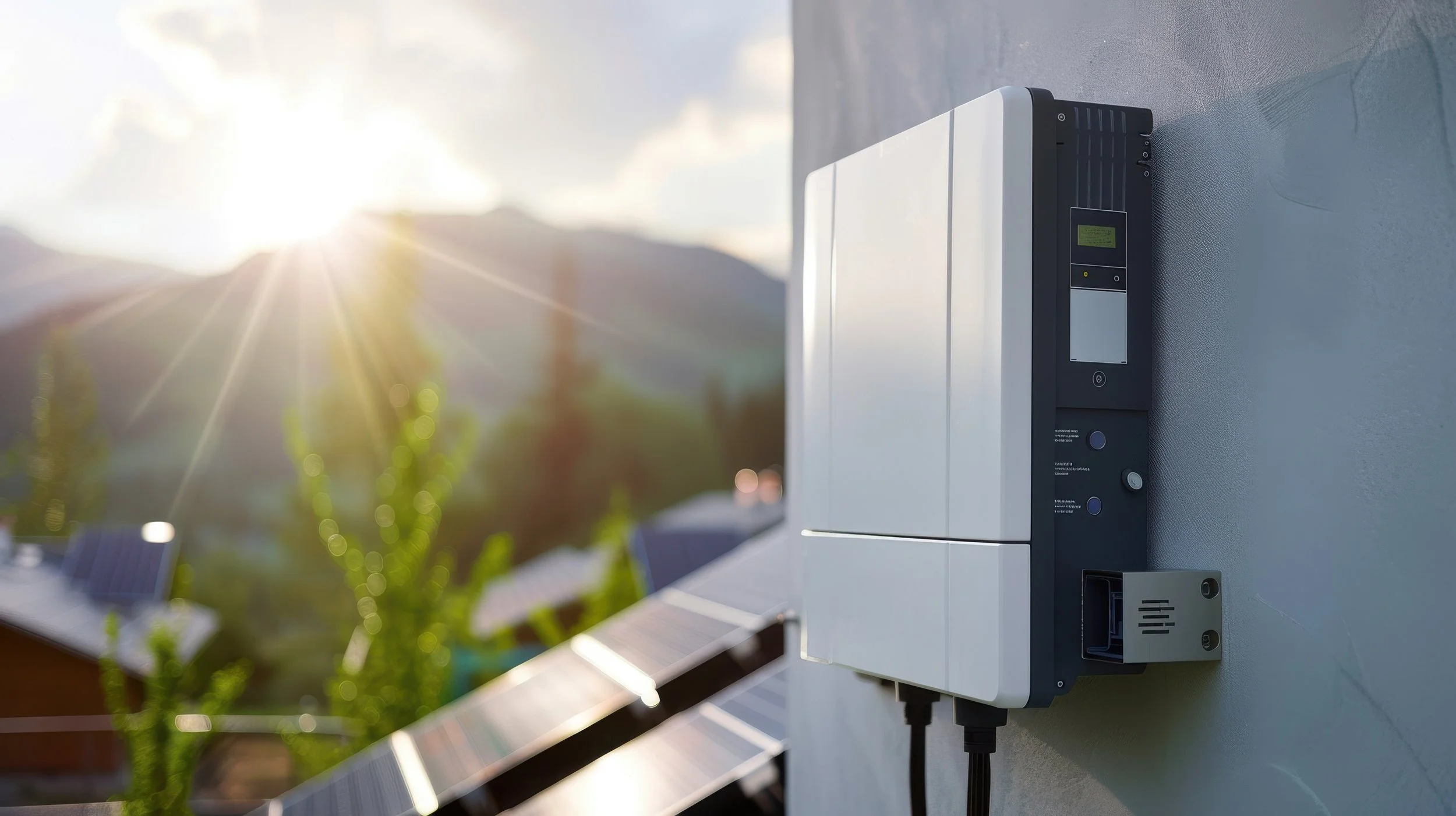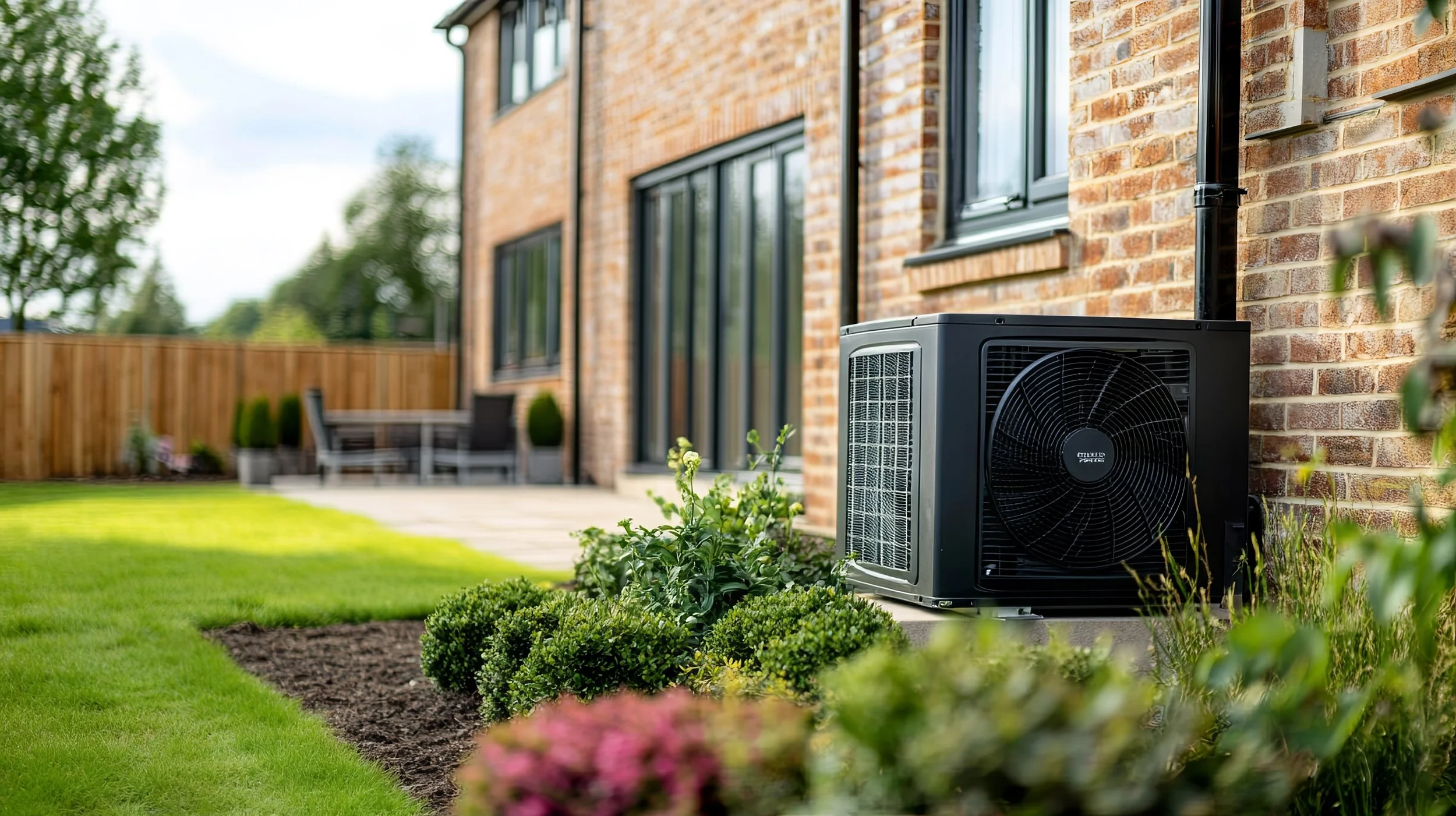
Turn sunlight into usable electricity – even on cloudy days.
Solar panels (also called photovoltaic or PV panels) generate electricity when sunlight hits the surface of the panel. Inside each panel are silicon cells that release electrons when exposed to light — creating direct current (DC) electricity.
But your home and appliances run on alternating current (AC) — and that’s where the inverter comes in
Solar Inverters
A solar inverter is the brain of the solar system. It converts the DC electricity from your panels into usable AC electricity for your home — while monitoring safety, grid compatibility, and system performance.
There are a few types of inverters we may recommend depending on your roof, layout, and energy needs:
String Inverters
All panels are wired together in a “string,” sending combined DC to one inverter that converts it to AC.
Pros: Cost-effective, reliable
Best for: South-facing roofs with no shading
Micro Inveters
Each panel has its own small inverter, so they work independently.
Pros: Maximises output, great for shade or split-roofs
Best for: Complex or shaded rooftops
Hybrid Inverters
Handle both solar and battery storage. One unit manages it all.
Pros: Battery-ready, smart energy management
Best for: Homes adding battery storage now or later
String + Power Optimisers
A hybrid system where each panel has a booster (optimiser) for maximum output, usually used with SolarEdge.
Pros: Panel-level monitoring and improved efficiency
Best for: Partial shading, east/west facing roofs
We’ll recommend the right inverter for your system — and only install reliable, tested brands like Solis, SolarEdge, Enphase, and Fronius.
〰️
We’ll recommend the right inverter for your system — and only install reliable, tested brands like Solis, SolarEdge, Enphase, and Fronius. 〰️

Store excess solar power and use it when you need it.
Instead of sending unused power back to the grid, battery storage lets you keep it for use later — like in the evening or during a power cut.
How it works:
Solar powers your home during the day.
Extra energy is stored in your battery.
When the sun goes down, your battery kicks in first — reducing reliance on the grid.
Benefits:
Use more of your own energy
Lower bills
More independence
Optional backup during blackouts
Air Source Heat Pumps
Extract heat from the air outside — and use it to heat your home.
An air source heat pump works like a fridge in reverse. It pulls in air, extracts heat using a refrigerant and compressor, and sends it to your radiators, underfloor heating, or hot water tank.
How it works:
Absorbs outside air (even in winter)
Compresses refrigerant to boost heat
Delivers warmth to your home
Benefits:
Up to 300% efficient
Works year-round
Great with solar
Eligible for government grants
Not sure what’s right for You
Every home is different. Whether you're thinking about solar, storage, heat pumps or all three — we’ll give you honest advice and a clear recommendation.
Contact us
Interested in working together? Fill out some info and we will be in touch shortly. We can’t wait to hear from you!




